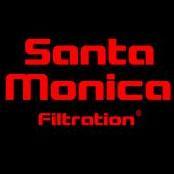Mega Powerful Nitrate and Phosphate Remover - DIY!
-
Topics
-
Latest Update
-
8
Sell fish tank and equipment
RIO 12 HF pump $40 WEIPRO PH-2000 PH Meter $40 3 Rock $60 Interested pm Or WhatsApp @ 82014328 -
5
WTS Livestock
Both corals reserved. Left with blue tuxedo Urchin. Letting go at $5! Sent from my SM-S906E using Tapatalk -
4
Yellow Belly Regal and Bellus Angelfish for sale
Left with Bellus angelfish Fast collection can deal at $80 WA 9109 1733 Collection 652442 -
2
monti spongodes, red digitata, sour apple birdnest
Hiare your corals still available? Fast collection. Pls PM me at Nine732Seven146 -
0
-







Recommended Posts
Join the conversation
You can post now and register later. If you have an account, sign in now to post with your account.